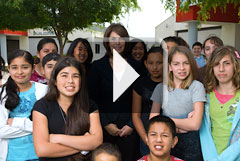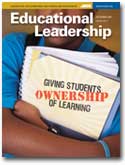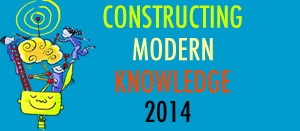Rural Students Reap Academic Gains from Community Service | Edutopia.
 Yes, I know the title of the Edutopia article says RURAL students reap academic gains from community service, but really, there’s nothing here in this article that wouldn’t apply to any student service, rural, urban, or suburban.
Yes, I know the title of the Edutopia article says RURAL students reap academic gains from community service, but really, there’s nothing here in this article that wouldn’t apply to any student service, rural, urban, or suburban.
The service learning examples in this article are terrific, and there is a nice video accompanying it. In this district, academic scores are up, attendance up, and all kinds of other good schooly information is connected to the service learning.
But really, it all comes home for me when the students articulate what service and learning mean to them.
James (not his real name), a student who received many Fs his freshman year and who was a chronic truant until he moved to the Fowler district, surveys his shed with pride. “We accomplished something for the little kids,” he says. James, who is graduating from Casa Blanca, attributes much of his success to service learning. “Every day, this is what I love coming to school for — doing projects and building stuff for the community,” he explains.
James also points out that it’s more critical to do work right the first time on a construction project than on a math worksheet, where he can easily rework mistakes. “If you mess up on the real project, you can’t just erase it. You’ve got to buy more wood. It’s not cool.”
James is pointing out something that should be such a obvious principle of education, but often gets lost in the achievement/assessment/accountability shell game: Learning only matters if it matters to the learner. Achievement can be measured in pride, not wasting wood, and helping little kids-not filling out worksheets. The only reason anyone would be surprised that a “chronic truant” cares about his work or about little kids is that we rarely ask students to demonstrate their human capacity for caring for others while in school.
Hope everyone reads this terrific article and congratulations to the profiled school district in Fowler, California!
Sylvia
 As I’ve said before
As I’ve said before